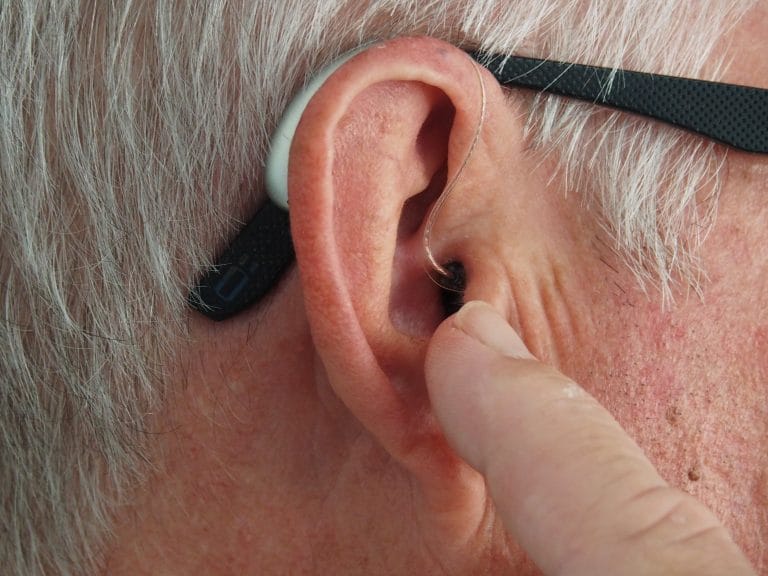Hearing aids are sophisticated devices that pack state-of-the-art technology into a very tiny package. Because they live in the rugged environment of your ear, they are subjected to earwax impaction, moisture from sweat and oil from the skin. Of course, because of this, on occasion they will be in need of repair. Below is a guide for how to troubleshoot your hearing aids and signs they’re in need of a professional repair.
Troubleshooting Your Hearing Aids
Before calling a hearing health care professional, we suggest you try…
- Making sure the hearing aid is turned on. This seems simple, but it wouldn’t be the first time a “broken” hearing device was brought in only needing to be turned on.
- Turn up the volume. It may be the case that your hearing aid is working fine but the volume is simply not loud enough or was turned down accidentally.
- Check the battery. If your device takes disposable batteries, make sure they’re fresh and correctly positioned.
- Inspect the tubing. If you have a behind-the-ear device, the tubing can become damaged and wear down over time. If the tubing is visibly damaged, it can be replaced easily by an audiologist.
When to Ask an Audiologist for a Repair
Despite your best efforts, it is inevitable that your hearing aid will need a repair at some point during its lifespan. Visit an audiologist when…
- You’ve tried troubleshooting and your hearing aids are still not working.
- You experience excessive feedback or whistling, which may be a sign of improper physical fit. Even if they fit when you got them, your ears change size and shape over time.
- There are visible signs of damage, such as a crack in the casing or visible holes on the shell or faceplate.
Your audiologist will try to make all possible repairs in-house to get you back to hearing the sounds of life right away. Sometimes, this is not possible and the devices will need to be sent to the manufacturer. Talk to your audiologist about a pair of loaner devices.
For more information or to schedule an appointment, call Torrance Audiology today.
Learn More About Hearing Aids
- thing1

